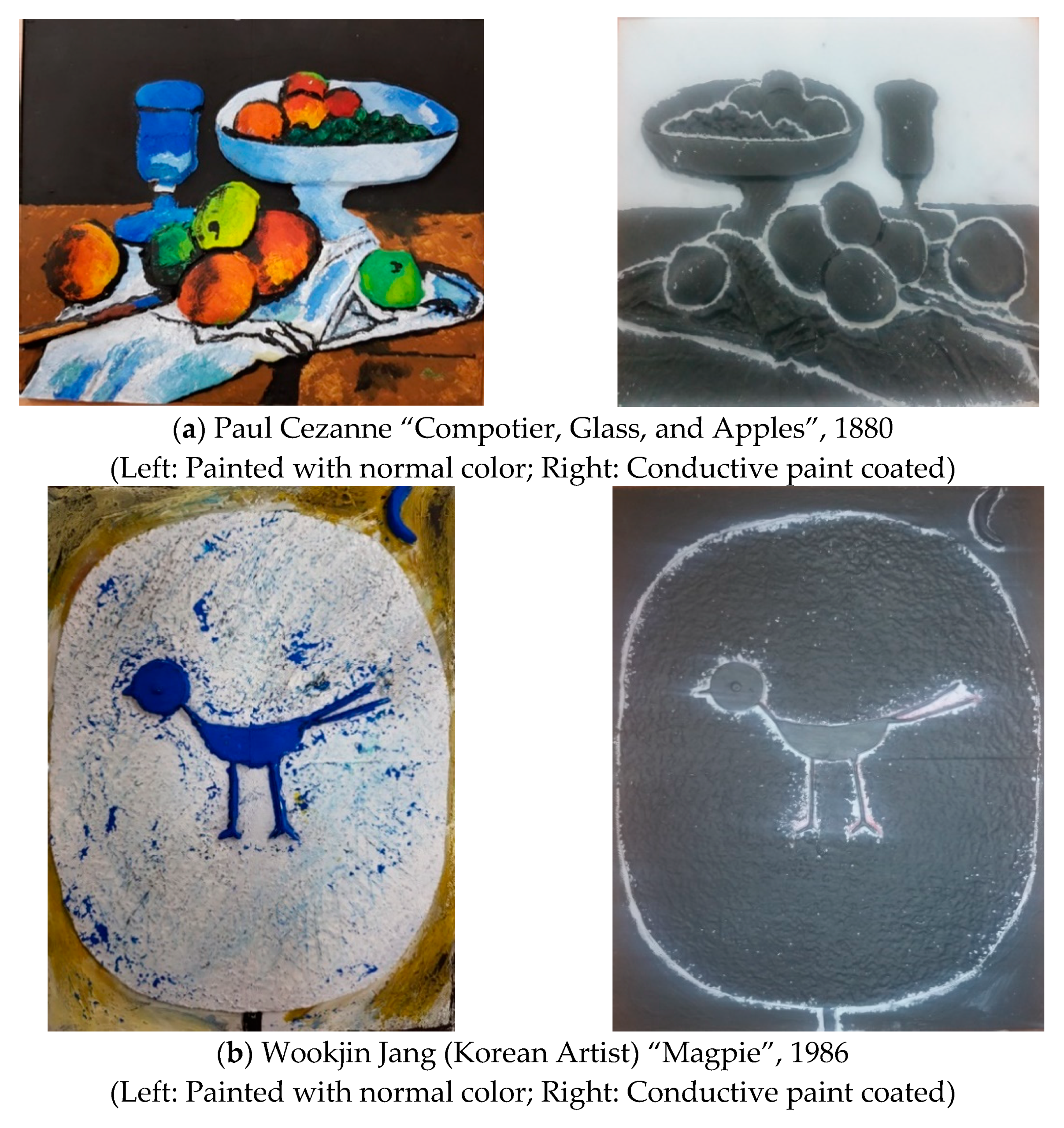Mixing a song involves blending and adjusting individual tracks to create a cohesive and balanced sound. This process enhances clarity, dynamics, and overall quality of the final audio product.
In the music production process, mixing a song serves as a crucial step where various elements like vocals, instruments, and effects are combined and fine-tuned to create a polished and professional-sounding track. By adjusting volume levels, panning, equalization, and effects, a mix engineer ensures that all elements work harmoniously together to convey the intended emotion and message of the song.
The art of mixing requires both technical skills and creativity to enhance the sonic experience and engage the listeners effectively. Let’s explore the significance of mixing in shaping the final sound of a song.
The Art Of Mixing A Song
Mixing a song involves blending individual tracks together to create a cohesive and balanced audio piece.
Understanding The Role Of A Mix Engineer
A mix engineer is responsible for adjusting levels, panning, and adding effects to enhance the overall sound quality.
Importance Of Mixing In Music Production
Mixing plays a vital role in ensuring that each element in a song is heard clearly and harmoniously.
Sonic Sculpting
When mixing a song, sonic sculpting plays a crucial role in shaping the overall sound. It involves manipulating various elements to achieve a desired sonic quality.
Manipulating Sound Frequencies
Sound frequencies are adjusted to enhance specific elements within a song, such as vocals, instruments, or percussion. By manipulating frequencies, mix engineers can emphasize certain parts and create a balanced sound.
Creating Spatial Depth And Dimension
Spatial depth and dimension are achieved by controlling reverb, delay, and panning. These techniques place each element within the mix, giving a sense of space and realism to the sound.
Tools And Techniques
When it comes to the process of mixing a song, it involves a multitude of tools and techniques that are crucial for achieving the desired sound. Utilizing modern technologies, audio engineers employ a range of methods to perfect the mix. Here, we delve into the essential tools and techniques used in the mixing process.
Utilizing Equalization And Frequency Control
Equalization is a fundamental tool in the mixing process, allowing for precise adjustment of the frequency content within a track. It involves boosting or attenuating specific frequencies to achieve a balanced and cohesive sound. By targeting problematic frequencies and enhancing desired ones, equalization plays a pivotal role in sculpting the tonal quality of each instrument and the overall mix.
Implementing Dynamics Processing And Compression
Dynamics processing and compression are indispensable techniques in the mixing toolkit. Compression effectively evens out the dynamics of a track, ensuring that louder and quieter parts are brought closer together, resulting in a more consistent and polished sound. By implementing compression, audio engineers can enhance the presence and impact of individual elements within the mix, thereby contributing to a professional and cohesive sonic experience.

Credit: newyorkyimby.com
Achieving Clarity And Balance
When it comes to mixing a song, one of the key goals is to achieve clarity and balance in the final mix. This means finding the perfect arrangement and ensuring that each element – from instrumentation to vocals – can be heard clearly and effectively.
Balancing Instrumentation And Vocals
In order to achieve a balanced mix, it is important to carefully balance the levels of instrumentation and vocals. A well-balanced mix allows the listener to hear each instrument and vocal part clearly, without any element overpowering the others.
Here are some ways to achieve this:
- Start by setting the levels of each individual track. Gradually bring up the volume of each instrument and vocal until they sit well together in the mix. Use your ears to guide you and trust your judgment.
- Pay attention to the frequency range of each instrument and vocal. Make sure that they occupy different parts of the frequency spectrum to avoid clashes. For example, if the guitar and the vocals both occupy the same frequency range, they might compete for the listener’s attention. Make appropriate adjustments to create separation and clarity between the elements.
- Consider panning. By placing instruments and vocals in different locations of the stereo field, you can create a sense of space and separation. Experiment with panning different elements to find the optimal positioning.
- Use automation to fine-tune the mix. Adjust the levels of each element dynamically throughout the song to ensure that they blend well together and support the overall dynamics of the track.
Enhancing The Overall Mix With Effects
In addition to balancing the levels, effects can be used to enhance the overall mix and add depth and dimension to the sound. Here are a few effects that can be used:
- Equalization (EQ): Use EQ to shape the tone of each instrument and vocal. This can help to remove unwanted frequencies and make each element sit better in the mix.
- Compression: Compression helps to control the dynamic range of each track, making the loud parts quieter and the quiet parts louder. This can help to create a more consistent and polished sound.
- Reverb: Reverb adds a sense of space and ambience to the mix. It can make the sound feel more immersive and help to blend the elements together.
- Delay: Delay can be used to create echoes and reflections, adding a sense of depth and movement to the mix.
Remember, using effects should always serve the song and its intended emotion. Use them sparingly and purposefully.
The Creative Process
When it comes to mixing a song, the creative process is an integral part of bringing a musical vision to life. It involves making artistic choices, experimenting with different techniques, and collaborating with recording artists and producers.
Experimentation And Artistic Choices
During the mixing process, experimentation plays a crucial role. It allows the mixing engineer to explore different options and find the perfect combination of sounds. Through experimentation, the engineer can adjust the levels of the individual elements in the mix, apply various effects, and shape the overall sonic landscape of the song.
Artistic choices also come into play during mixing. The mixing engineer uses their expertise and creativity to enhance the emotions and intentions behind the song. This involves making decisions on the placement of instruments in the stereo field, highlighting the vocal presence, and determining the overall balance between different elements.
The key to successful experimentation and making artistic choices is having a deep understanding of the genre and the specific vision for the song. Each decision made during mixing should serve the purpose of creating a cohesive and impactful musical experience.
Collaboration With Recording Artists And Producers
Mixing a song is not just a solitary task; it often involves collaboration with recording artists and producers. This collaboration ensures that the final mix aligns with the artist’s vision and the intended style of the production.
Recording artists and producers provide valuable input during the mixing process. They communicate their preferences, highlight specific elements they want to emphasize, and offer feedback on the initial mix iterations. This collaboration fosters a creative partnership and allows for the exchange of ideas, ultimately leading to a mix that truly represents the artist’s musical vision.
The successful collaboration between the mixing engineer, recording artists, and producers is a testament to the power of collective creativity, working together to create a memorable and impactful sonic experience.

Credit: www.nytimes.com

Credit: www.mdpi.com
Frequently Asked Questions On What Does Mixing A Song Mean
What Does Mixing A Song Mean?
Mixing a song is the process of blending together different elements like vocals, instruments, and effects to create the final version of a recorded track. It involves adjusting levels, panning, EQ, and applying various audio processing techniques to enhance the overall sound quality and balance of the song.
The aim is to make sure each element can be heard clearly and harmoniously in the mix.
Conclusion
Mixing a song involves blending individual tracks to create a polished and cohesive sound. By adjusting levels, panning, and adding effects, the mixing process enhances the overall quality of the song. It’s a crucial step in music production that requires skill and attention to detail.
Understanding the basics of mixing is essential for aspiring musicians and producers alike.